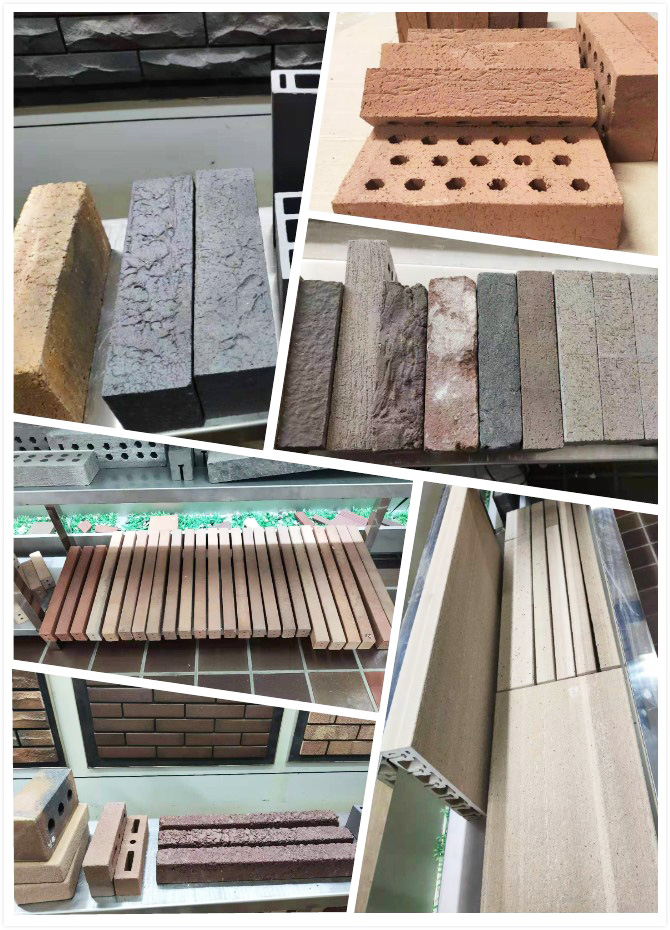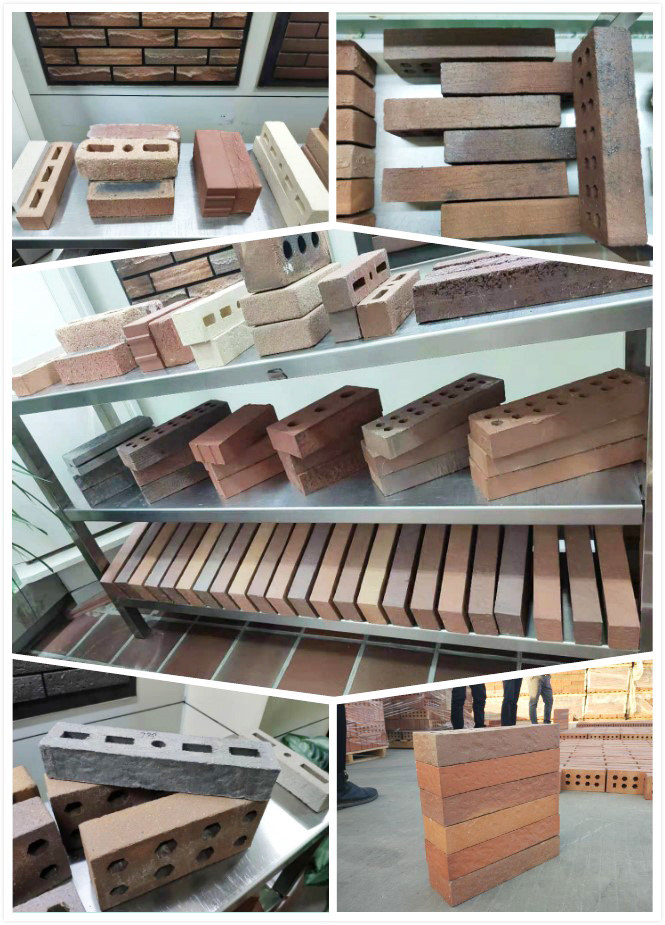Terracotta bricks are actually clay bricks, which are the products of continuous optimization of products and continuous upgrading of traditional techniques. The terracotta bricks are usually fired at a high temperature using high-quality clay or even purple clay. The natural clay is used as the main component, and the quartz and feldspar are used as aggregates. The clay brick has a high water absorption rate of 8% to 10%.
There are lots of advantages of the terracotta bricks:
- Excellent freeze-thaw resistance:
In the case of water absorption rate of 10%, the porcelain tiles will be broken when frozen and thawed at -15 ° C for three times, but clay bricks will no crack when frozen and thawed in the environment of -45 ° C for 50 times.
- Good resistance to light pollution:
Terracotta bricks can refract more than 90% of the light, which has a good effect on protecting human vision and reducing light pollution.
- Good sound absorption:
Because the clay brick is rich in a large number of even and fine open pores, it can refract all or part of the sound wave, which can reduce the noise outdoors and eliminate the echo in the room. It is an excellent material for creating the living environment of the city.
- Good air permeability and water permeability:
The superiority of the air permeable and water permeable of the clay bricks is fully demonstrated in the green civilization today, and its quaint charm blends with the natural landscape, reflecting the harmony between man and nature.
- Good weathering and corrosion resistance:
As industrial pollution has increased, the acidity of rainwater has increased every day, and many building materials have been eliminated because they cannot resist to the bad weather. The natural processing process makes the clay brick itself contain only a small amount of chemical impurities, and its internal structure is not easily affected by acid rain. The alkali corrosion resistance of the clay material is better than the general material.


